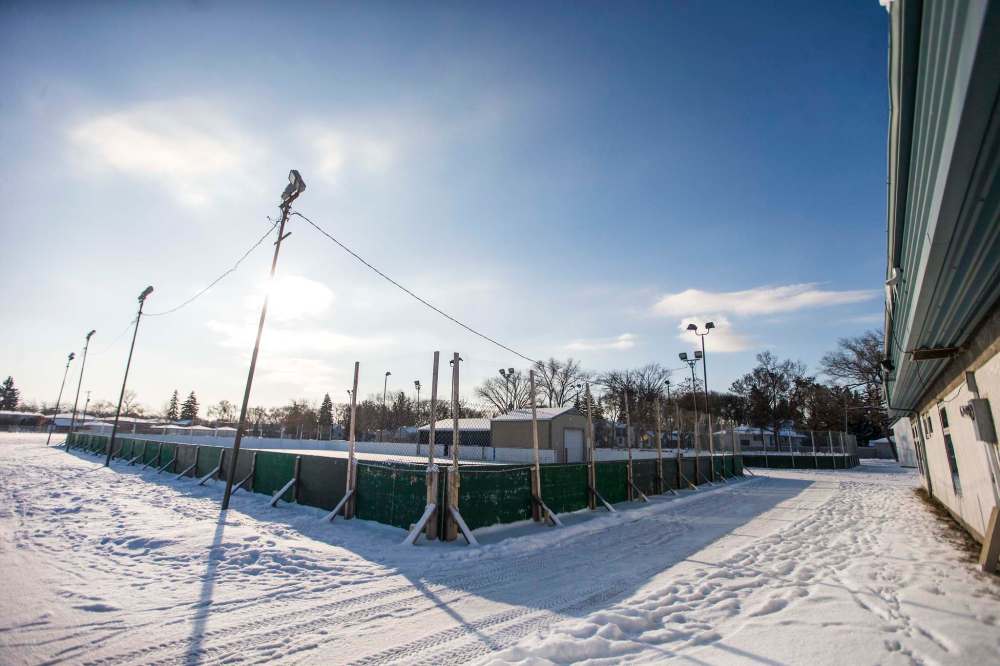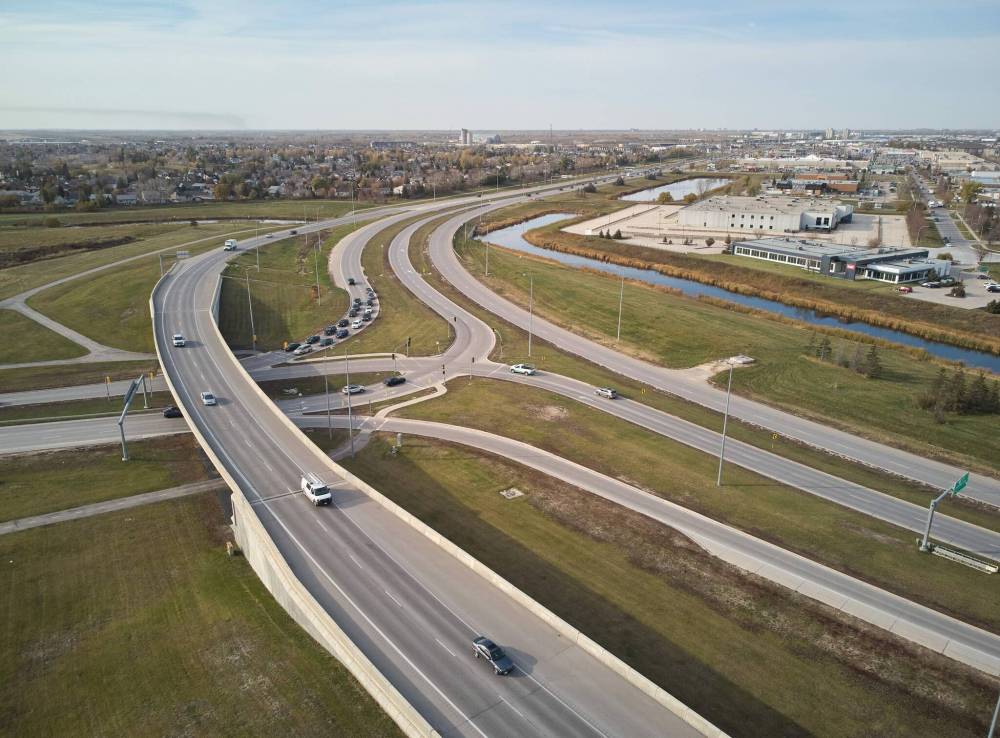
The Winnipeg Free Press and Probe Research recently conducted a poll asking people to identify their top infrastructure spending priority for the City of Winnipeg. The results reveal Winnipeggers have diverse opinions about how to improve their quality of life.
Thirty-six per cent of respondents identified their top priority as building and renovating recreation centres and related amenities such as community clubs, parks, splash pads and arenas.
Thirty-two per cent favoured building a rapid transit network.
Thirty-one per cent preferred widening and expanding roads.

At first glance, the responses appear to be distinct priorities whose implementation would require choosing one over another. With careful and strategic planning however, they can be tied together in a symbiotic relationship that allows the city to achieve the goals of each.
The poll illustrates Winnipeg’s connection to its community centres runs deep.
While many cities have moved to a big-box recreation model that combines several uses into large, regional complexes, Winnipeg has been able to maintain a wonderful network of community centres deeply woven into the fabric of neighbourhoods.
The community centre model in Winnipeg is unique from other Canadian cities in they are owned by the city but governed and operated by volunteers.
For generations, they have supported physical and mental health, providing people from youth to seniors with places for social connection and relationship building. Skating at the local rink or joining an after-school program, creates a sense of community and represents a vital building block of a walkable neighbourhood.
The community centre model in Winnipeg is unique from other Canadian cities in they are owned by the city but governed and operated by volunteers. It’s estimated each year, 17,000 volunteers devote more than 1.2 million hours to them.
As important as the facilities are, they are facing significant challenges, including the ability to maintain such a level of volunteer support.

While many cities have moved to a big-box recreation model that combines several uses into large, regional complexes, Winnipeg has been able to maintain a wonderful network of community centres deeply woven into the fabric of neighbourhoods.
The challenges facing Winnipeg’s 63 community centres can in many ways be connected to how the city has grown and developed over the last 50 years.
Most of Winnipeg’s mature neighbourhoods have at least 30 per cent fewer people living in them today than in the 1970s, largely due to smaller household sizes. In contrast, population growth has exploded in new suburban neighbourhoods.
The impact is recreation services in older areas are underused and being supported by a smaller community, while at the same time, new facilities are being built to support new communities. This growth pattern has meant more thinly-spread volunteer support and a stretching of city budgets to maintain facilities and programming.
In 2018, 40 per cent of Winnipeg’s community centres, and 100 per cent of city-run arenas, were evaluated to be in poor condition, requiring funding for maintenance and new construction to meet modern building codes, evolving recreation trends and community needs.
Rapid transit, the second priority identified in the Probe/Free Press poll, offers part of the solution to the challenges recreation facilities face. Rapid transit can address issues of social equity, cost of living, and environmental sustainability, but it can also be used as a strong urban development tool.
When rapid transit is effective and convenient, large numbers of people want to use it, creating market pressure for high-density residential development near the system’s access points. This can create powerful magnets for population growth in established communities.
When rapid transit is effective and convenient, large numbers of people want to use it, creating market pressure for high-density residential development near the system’s access points. This can create powerful magnets for population growth in established communities.
Known as transit oriented development (TOD), it allows planners to strategically locate rapid transit stations to target areas for infill growth and densification. This has proven to be particularly successful with light rail transit systems.

When rapid transit is effective and convenient, large numbers of people want to use it, creating market pressure for high-density residential development near the system’s access points.
Growing a mature neighbourhood’s population through TOD can breathe new life into existing community centres by increasing the number of potential users and broadening the volunteer pool. This also allows overall population to grow without creating the need to build new facilities to serve new residents.
With more taxpayers supporting a smaller number of recreation facilities, the city’s financial model becomes more viable, freeing up funding to improve maintenance schedules and explore redevelopment options for existing community centres.
The financial advantages of higher-density existing neighbourhoods stimulated by initiatives such as TOD also hold true for the recent poll’s third identified priority: building and expanding roads.
Larger roads aren’t necessarily the end goal, but higher levels of maintenance and lower levels of traffic congestion are likely to be.
Using TOD as a tool to direct population growth to mature neighbourhoods means more people using roads that already exist, requiring fewer expensive, new roads to be built. More taxpayers paying to maintain less road naturally results in better road conditions.
A good rapid transit system has consistently proven to be far more effective than increasing vehicle capacity. Bigger roads result in more cars, always.
As for reducing traffic congestion, a good rapid transit system has consistently proven to be far more effective than increasing vehicle capacity. Bigger roads result in more cars — always.
The speed, lower cost and reliability of rapid transit make it an attractive alternative to driving. This mode shift can reduce the number of cars on the road and the corresponding traffic they create.
In Calgary, as an example, the convenience and affordability of the C-Train has made it North America’s busiest light-rail system, attracting almost half of downtown commuters to transit.

Having more people use transit can reduce the number of cars on the road and the corresponding traffic they create, reducing the need to expand roadways.
An important takeaway from this poll is city-building is an interconnected network of priorities. The ability to implement one can be directly affected by another.
When strategic investments are made that more efficiently use existing resources, it creates financial flexibility for other priorities.
Rapid transit is just one example of an infrastructure investment that, if combined with strong planning strategies, can transcend its primary function — to become a city-building tool that enables a wide range of other quality-of-life public investments.
Brent Bellamy is senior design architect for Number Ten Architectural Group

Brent Bellamy
Columnist
Brent Bellamy is senior design architect for Number Ten Architectural Group.
Read full biography


